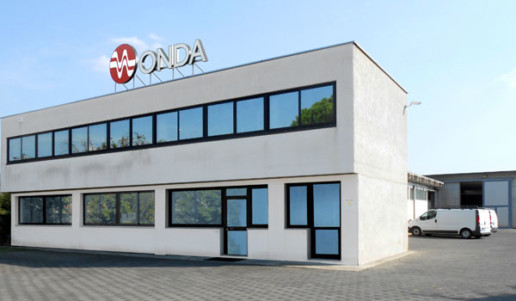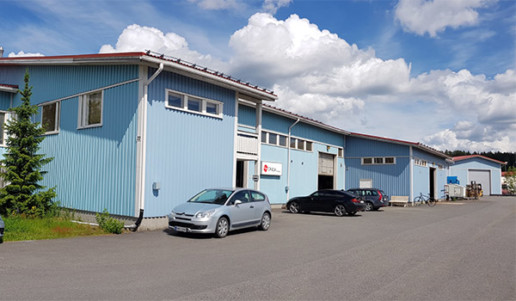FAQ
- Normal water in closed circuit: 0,000043 m2K/W;
- Water in open circuit: 0,000086 m2K/W;
- Solutions with glycol <40%: 0,000086 m2K/W;
- Solutions with glycol >40%: 0,000172 m2K/W.
- Normal city water: 0,000043 m2K/W;
- Treated tower water: 0,000043 m2K/W;
- River water: 0,000086 m2K/W;
- Solutions with glycol <40%: 0,000086 m2K/W;
- Solutions with glycol >40%: 0,000172 m2K/W.
This term refers to the difference between the leaving process fluid temperature and the change of state temperature of the refrigerant. For evaporators, if water is cooled from 12°C to 6°C and evaporating temperature is 1°C, the approach is 5K. For condensers, if water is warmed from 30°C to 35°C and condensing temperature is 40°C, the approach is 5K.
The dew point is the temperature at which a vapour will condense, or when associated with glide, the higher or highest boiling point of the mixture.
The bubble point is the temperature at which a liquid forms bubbles (usually the lowest boiling point of one of the constituents of a mixture like R407C).
During the boiling process for a refrigerant, the temperature at which a liquid refrigerant first begin to boil is known as bubble point temperature. The temperature at which the last drop of liquid refrigerant has boiled is known as the dew point temperature. In the condensing process for a refrigerant, the dew point is the temperature at which the refrigerant vapour first begin to condense. The bubble point is the temperature at which all of the refrigerant has been condensed to liquid.
For pure gas refrigerants (like R134a) the bubble point temperature is equal to dew point temperature. For some of the refrigerant mixtures (like R407C or R407F) the bubble point temperature is not the same as dew point temperature. For these last type of refrigerant the difference between the saturated vapour temperature (dew point temperature) and saturated liquid temperature (bubble point temperature) at constant pressure is referred to as the “temperature glide” of the refrigerant mixture.
The superheating refers to the difference between the outlet temperature of the evaporator and the evaporating temperature dew point at a defined pressure.
Subcooling is the temperature fall beyond the condensing temperature of a refrigerant.




